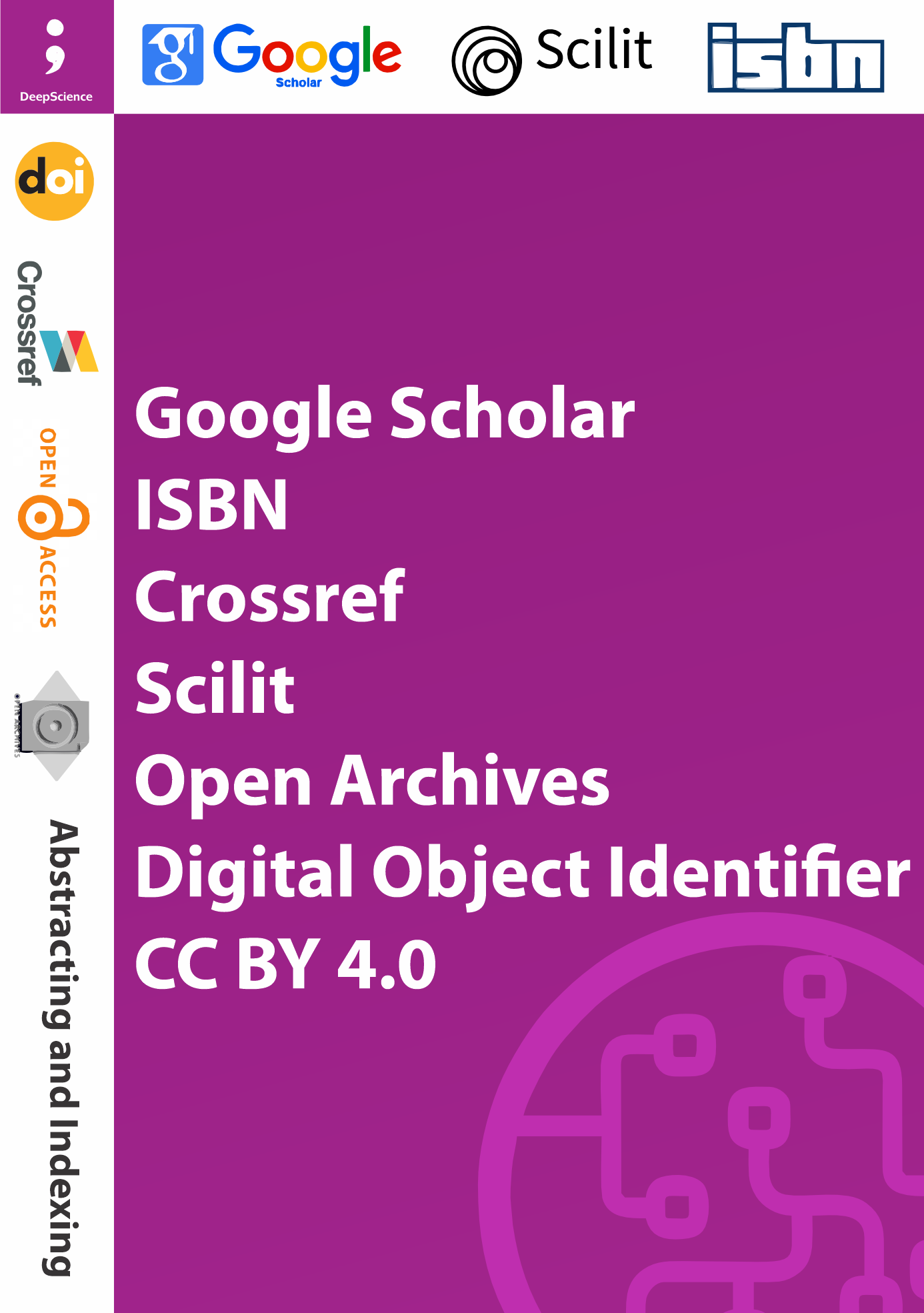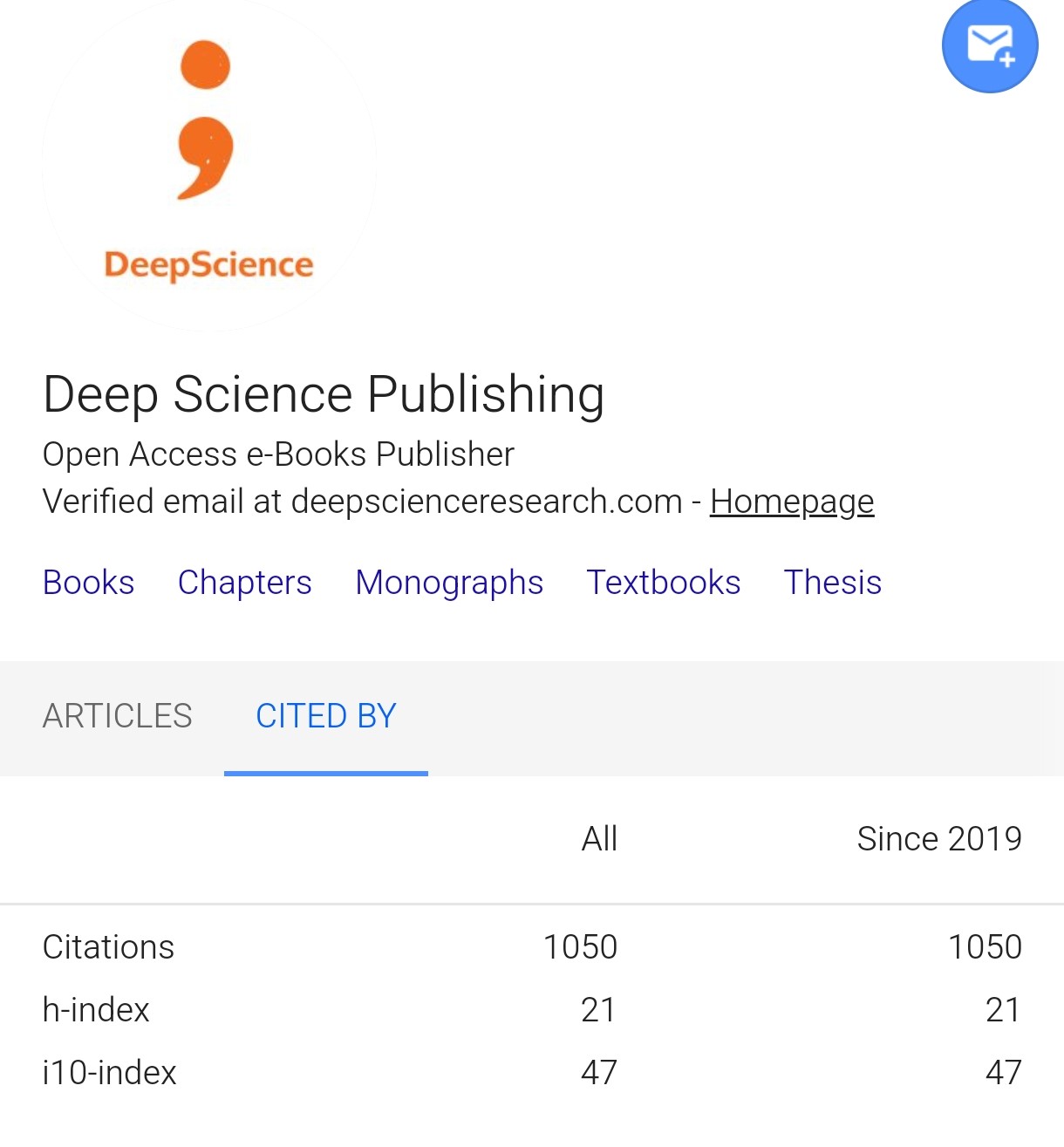Nanocarriers-based Nanomedicine: Polymer Loaded Nanocarriers in Breast Cancer
Synopsis
Breast cancer continues to be one of the most widespread cancers globally, and the effectiveness of treatment is frequently constrained by systemic toxicity, multidrug resistance, and low bioavailability of standard chemotherapeutic agents. As a means of addressing these challenges, polymeric nanocarriers have emerged as a promising option, allowing for site-specific delivery, controlled release, and enhanced pharmacokinetics of anticancer agents. This chapter offers a detailed examination of polymer-based nanocarriers and their contribution to the development of breast cancer treatment. An exploration of the essentials of nanocarrier design is provided, highlighting their categorization into nanospheres, nanocapsules, micelles, and dendrimers. It also addresses key design factors like particle size, zeta potential, drug loading capacity, and the choice of polymer. Both natural and synthetic polymers are investigated, focusing on their biocompatibility, biodegradability, and potential for engineering into smart stimuli-responsive systems for tumor-selective delivery. Mechanisms that underpin targeted delivery—such as passive targeting through the enhanced permeability and retention (EPR) effect, active targeting via receptor–ligand interactions, and triggered release within the tumor microenvironment—are examined. Special emphasis is placed on drug-specific polymeric formulations like carriers loaded with doxorubicin, paclitaxel, and tamoxifen. This includes co-delivery strategies that combine chemotherapy with gene or phototherapy to achieve synergistic effects. To illustrate translational potential, case studies and in vivo evaluations are underscored, especially with regard to tackling therapeutic resistance in triple-negative breast cancer (TNBC). Overall, polymeric nanocarriers offer versatile and adaptable platforms for next-generation breast cancer therapeutics, bridging the gap between laboratory research and clinical application.













